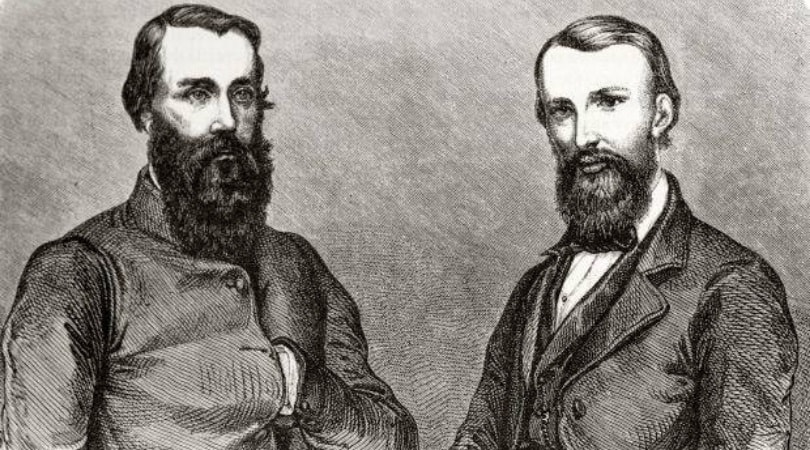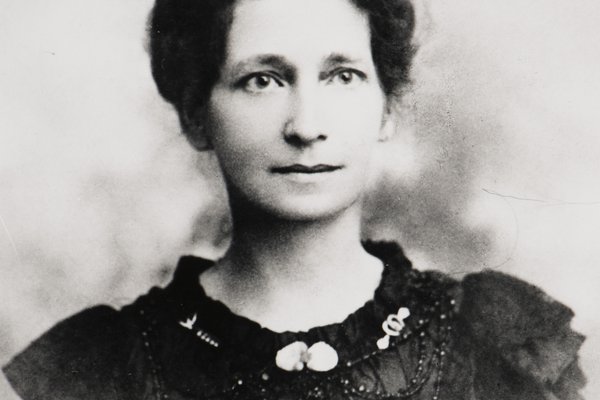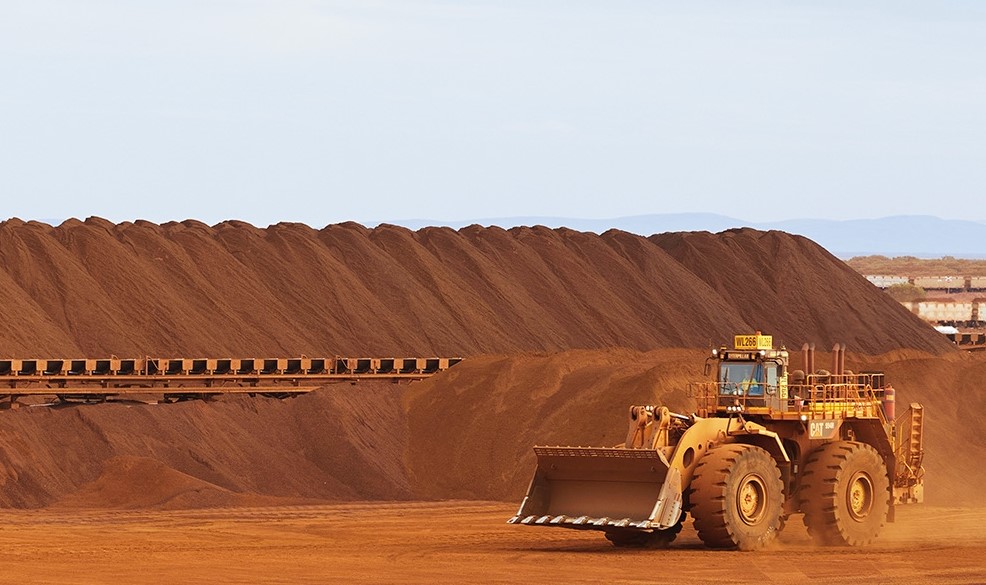Introduction
Australia, a vast and diverse continent, has long been a land of mystery and adventure. Before it became the modern nation we know today, it was an uncharted wilderness, explored by brave individuals who ventured into the unknown. The famous explorers of Australia played a crucial role in mapping its landscapes, discovering new territories, and establishing routes for settlement and trade.
These explorers endured harsh climates, treacherous terrains, and limited supplies as they pushed the boundaries of the known world. From early European navigators to inland pioneers, their journeys helped shape the history of Australia. In this article, we’ll delve into the lives and achievements of some of the most famous explorers of Australia and their lasting impact on the continent.
Early European Explorers of Australia
1. Willem Janszoon (1606) – The First European to Set Foot on Australia
Willem Janszoon, a Dutch navigator, was the first European known to have set foot on Australian soil. In 1606, while commanding the ship Duyfken, he landed on the western coast of Cape York Peninsula. He mapped a portion of the coastline but mistakenly believed it to be part of New Guinea. His encounter with Indigenous Australians was one of the earliest recorded interactions between Europeans and Aboriginal people.
2. Dirk Hartog (1616) – The First Recorded Landing in Western Australia
Another Dutch explorer, Dirk Hartog, arrived in 1616 on Australia’s west coast. He left behind an inscribed pewter plate at Shark Bay, which remains one of the earliest European records of Australia. His discovery contributed to Dutch maps, influencing later explorers.
3. Abel Tasman (1642-1644) – Discovering Tasmania and New Zealand
Abel Tasman, a Dutch seafarer, was commissioned by the Dutch East India Company to explore the southern seas. In 1642, he became the first European to discover Tasmania, which he named “Van Diemen’s Land.” He also explored New Zealand and the Pacific Islands. Although he never set foot on the Australian mainland, his voyages provided valuable information for future explorers.
British Exploration and the Mapping of Australia
4. Captain James Cook (1770) – Charting the East Coast
One of the most famous explorers of Australia, Captain James Cook, charted the east coast of Australia in 1770 aboard the HMS Endeavour. His detailed maps and reports led to the British claim over Australia and the eventual establishment of a penal colony in New South Wales. Cook’s encounters with Indigenous Australians marked the beginning of European settlement.
5. Matthew Flinders (1801-1803) – The First Circumnavigation of Australia
Matthew Flinders, an English navigator and cartographer, was the first to circumnavigate Australia and confirm it as a single continent. He played a key role in mapping the coastline and suggested the name “Australia” for the landmass. His detailed maps were crucial for future exploration and settlement.
Inland Explorers Who Mapped Australia’s Interior
6. John Oxley (1817-1818) – Exploring the Inland Rivers
John Oxley was an early explorer tasked with finding inland rivers suitable for settlement. He explored the Macquarie River, Lachlan River, and the Darling River, discovering vast tracts of land ideal for agriculture. His findings influenced the expansion of settlements in New South Wales.
7. Charles Sturt (1828-1830) – Discovering the Murray River System
Charles Sturt is credited with mapping Australia’s Murray-Darling River system, one of the most significant waterways in the country. His explorations helped confirm that major rivers flowed toward the south, opening new opportunities for inland settlement.
8. Edward John Eyre (1840-1841) – Crossing the Harsh Outback
Eyre was the first European to successfully traverse the harsh Australian desert from east to west. His journey from Adelaide to Albany along the coastline of the Great Australian Bight was one of endurance and determination, highlighting the extreme conditions of the outback.
The Great Expeditions of the 19th Century
9. Ludwig Leichhardt (1844-1845) – The Mysterious Lost Explorer
Ludwig Leichhardt, a German explorer, led an ambitious expedition from Queensland to the Northern Territory. He successfully traversed over 4,800 kilometers of uncharted land. However, during a later expedition, he and his team mysteriously disappeared, becoming one of Australia’s greatest exploration mysteries.
10. Burke and Wills (1860-1861) – The Tragic Journey North
One of the most infamous expeditions in Australian history, Robert O’Hara Burke and William John Wills set out to cross Australia from Melbourne to the Gulf of Carpentaria. Though they reached their destination, they failed to return due to exhaustion, lack of supplies, and harsh conditions. Their tragic deaths highlighted the immense challenges faced by explorers of the time.

11. Ernest Giles (1872-1876) – Exploring Central Australia
Ernest Giles was among the first explorers to cross the Great Victoria Desert. His expeditions provided detailed accounts of the central Australian landscape and contributed to the expansion of European settlement in these remote areas.
Frequently Asked Questions (FAQs)
1. Who was the first European to discover Australia?
The first recorded European to land in Australia was Willem Janszoon in 1606, followed by other Dutch explorers.
2. Why is Captain James Cook famous in Australia?
James Cook is credited with charting the east coast of Australia in 1770, leading to British colonization.
3. Who was the first explorer to circumnavigate Australia?
Matthew Flinders was the first to successfully circumnavigate Australia and confirm it as a single continent.
4. What happened to Ludwig Leichhardt?
Ludwig Leichhardt mysteriously disappeared during an expedition in the Australian outback, and his fate remains unknown.
5. Why did the Burke and Wills expedition fail?
The Burke and Wills expedition failed due to poor planning, lack of supplies, and extreme environmental conditions.
Conclusion
The famous explorers of Australia played a crucial role in uncovering the vast landscapes of the continent. From early Dutch navigators like Willem Janszoon to pioneering British explorers like Matthew Flinders and James Cook, their journeys shaped Australia’s history.
Inland explorers such as Burke and Wills, Charles Sturt, and Ludwig Leichhardt contributed to understanding the rugged interior of the land, opening new opportunities for settlement and expansion. Despite facing extreme conditions, their courage and determination paved the way for the development of modern Australia.
Their stories continue to inspire adventurers and historians alike, reminding us of the enduring human spirit in the face of the unknown.




